–noun1. the act of collecting.
2. something that is collected; a group of objects or an amount of material accumulated
in one location, esp. for some purpose or as a result of some process:
a stamp collection; a collection of unclaimed hats in the checkroom.
3. the works of art constituting the holdings of an art museum: a history of the museum and of the collection.
4. the gathered or exhibited works of a single painter, sculptor, etc.: an excellent Picasso collection.
5. collections, the various holdings of an art museum organized by category,
as painting, sculpture, works on paper, photography, or film: the director of the collections.
6. the clothes or other items produced by a designer, esp. for a seasonal line: the spring collection.
7. a sum of money collected, esp. for charity or church use.
8. Manège. act of bringing
or coming into a collected attitude.









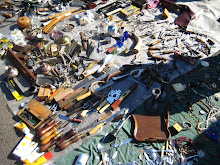
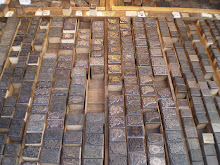
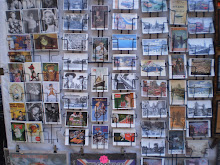
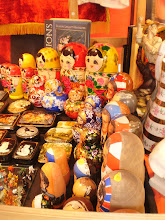
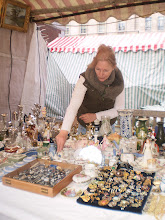

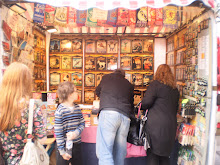
The artist Maggie Hollingworth works with materials such as paper to form sculptures like oversized cutlery and tools. She covers these with relevant imagery such as 50's style cooking advertisements to illustrate the historic link between women and domesticity
ReplyDeletehttp://www.magiehollingworth.co.uk/image3.html
If you are interested in using the form of your chosen object for your final piece it is important to think of ways of representing your object and its role rather than simply creating a replica.